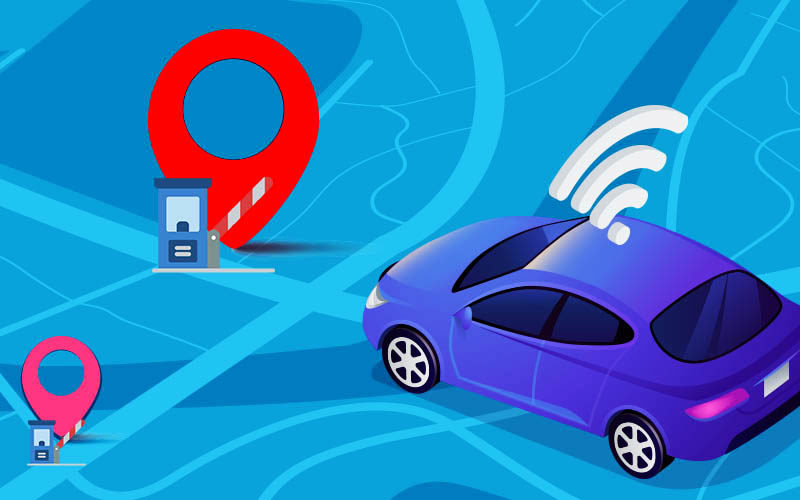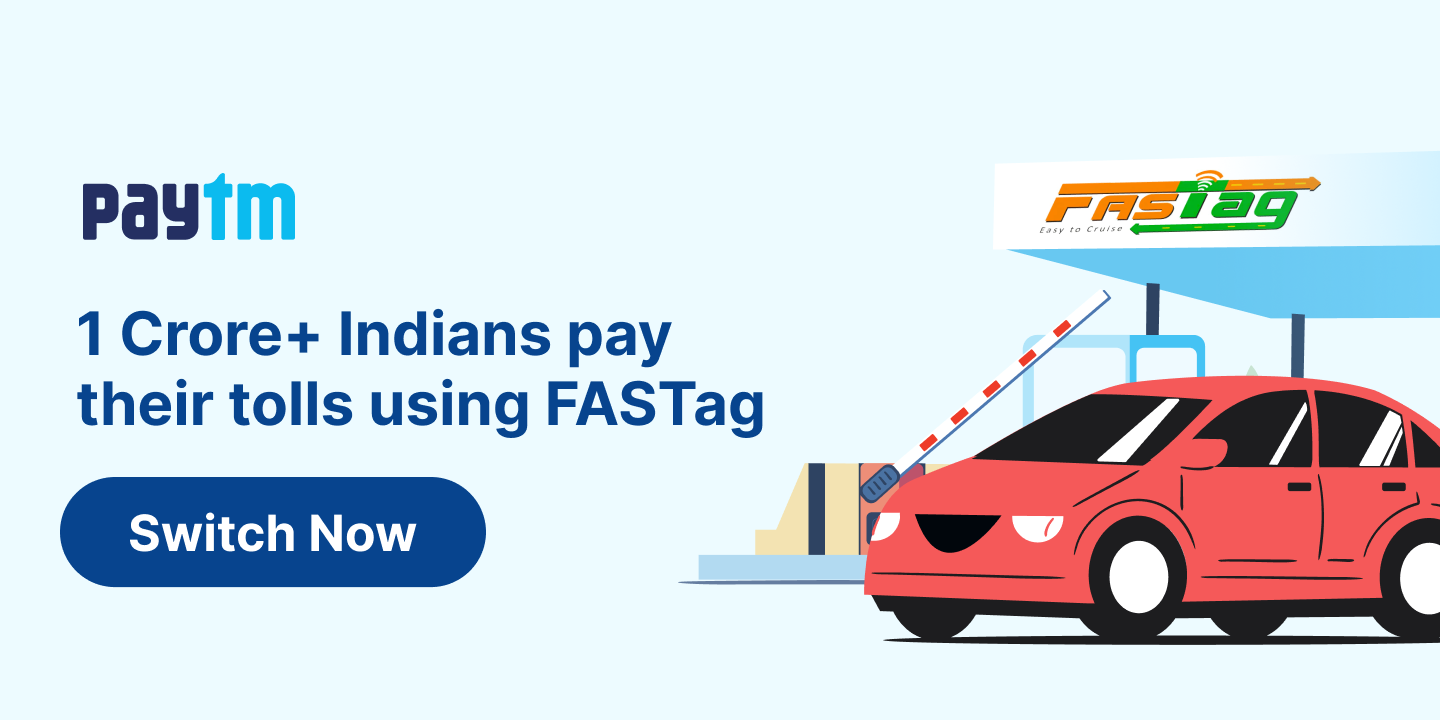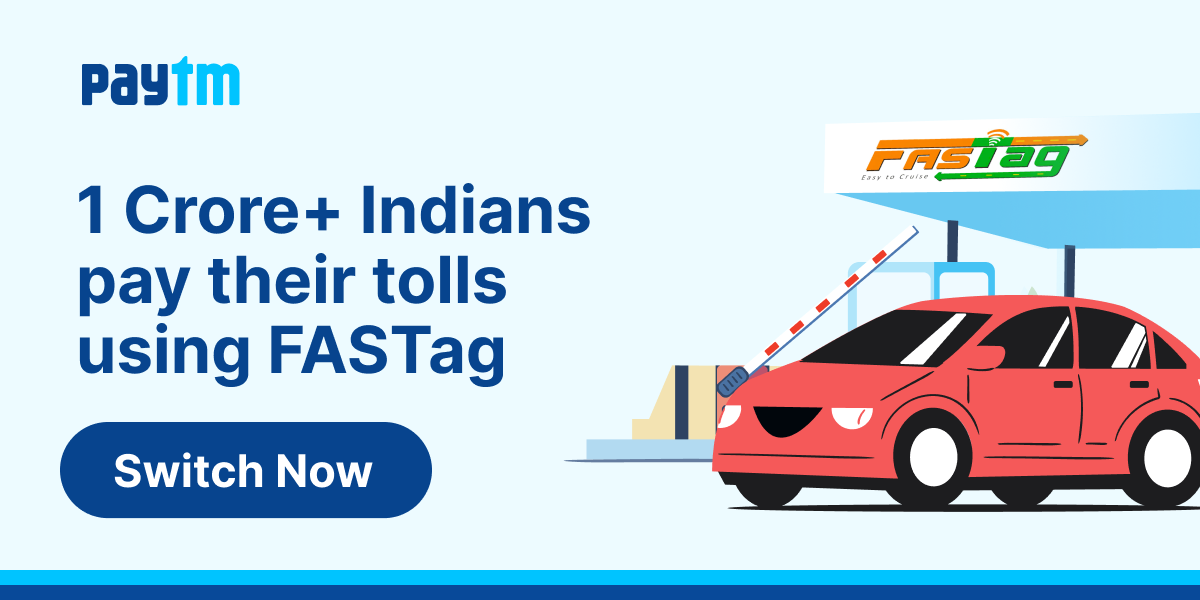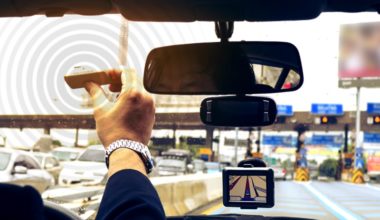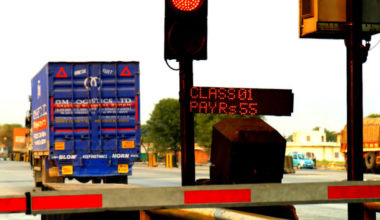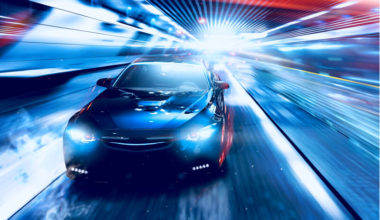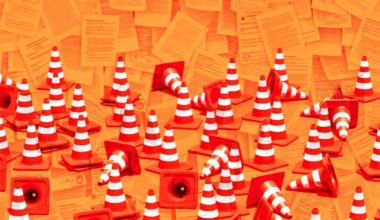The news of GPS-based toll collection has been doing rounds ever since the Union Transport Minister Nitin Gadkari announced about it a long time ago. The government plans to remove all the toll plazas or toll booths and enable GPS-based toll collection.
Table of Contents Show
FASTag has already been made mandatory for four-wheelers which leads to the automatic deduction of toll tax through Radio Frequency Identification (RFID) technology. It happens when one approaches the toll gate where the vehicle drivers need not stop for a few seconds so that the toll tax amount gets deducted automatically. All you need to do is to buy a FASTag from Paytm and link it to your bank account. Now, the plan is to enable GPS monitoring of the vehicle movement for toll collection.
What is GPS-Based Toll Collection?
GPS-based toll collection system means that vehicles need to have a tracking device installed to monitor their movement on highways. When a vehicle equipped with this device enters a toll road, the highway system tracks its journey and charges the toll based on the distance traveled when the vehicle exits the highway.
How Will GPS-Based Toll Collection Work?
To implement GPS-based toll collection, all vehicles will need to be equipped with a GPS device. This will allow the government to track the movement of vehicles and determine which toll roads they use. The government can then calculate the toll tax based on the number of toll gates the vehicles pass through and the distance travelled.
Currently, there is one toll gate at the end of each stretch of a toll road or construction project. These stretches, also known as projects, are managed by specific contractors for construction and maintenance. The distance between two toll gates is typically around 60 km, although it may vary slightly. The National Highway Authority of India (NHAI) has established toll rates for different types of vehicles for a 60-kilometer stretch. If the road stretch is shorter than 60 km, the toll tax will be adjusted accordingly.
Benefits of Using GPS-Based Toll Collection System
Some of the benefits of using GPS based toll collection system are:
- Vehicles won’t have to stop at toll plazas as all the toll plazas will be removed
- Lesser jams at highways owing to lesser congestion on roads
- Vehicles will be more secure and safe as they will always be tracked by the GPS
- In case of thefts, owners can easily find out the location of their vehicles due to easy tracking by GPS
Challenges faced by the Government while implementing a GPS-based toll collection system
The Government is facing its own set of challenges while implementing a GPS based toll collection system. We have listed a few of them below-
- With the implementation of GPS based toll collection system, the toll amount will be deducted directly from the savings account of the user unlike FASTag, using which the toll tax amount gets deducted from the payment wallet. This will lead to increased serious cyber crimes
- FASTag is free for users travelling within the area of 5km of toll plazas. However, it is not sure of how much amount will be charged by the GPS based toll collection system
Is There a Difference Between GPS-Based Toll Collection and FASTag?
FASTag uses Radio Frequency Identification (RFID) technology for an automatic deduction of toll tax. All you need to do is get this reloadable tag and affix it to the windshield of your vehicle. In addition to this, you need to link your FASTag with your bank account/prepaid wallet for automatic debit of the toll amount. The NHAI, in integration with the banks and online payment platforms, provides FASTags to its users through both, online and offline modes. All toll booths have FASTag scanners that can detect them and deduct the toll tax amount. So, when you travel through a toll road and approach a toll booth, you need not stop for a long duration.
However, GPS-based toll collection will differ from FASTag because it will track you throughout. It will be vigilant of vehicle movement and collect the toll tax through GPS imaging. Automatic deduction in FASTags happens only when you approach the toll plaza. It is speculated that the NHAI may use GPS-enabled FASTags for GPS-based toll-tax collection.
| FASTag | GPS Based Toll Collection |
|---|---|
| Use of RFID Technology | Use of GPS system in vehicles |
| Automatic Deduction through FASTag scanner at toll booths | Deduction through tracking of GPS coordinates |
| Detected only when the vehicles approach a toll booth | Entire travel route to be tracked |
| Toll booths need to be stationed | This will lead to the removal of all physical toll booths and toll plazas |
| Mandatory and in practice since February 2021 | To be implemented around 2022 as planned by the government |
GPS-based toll collection will be a milestone in the use of technology, digitalization, and smooth travelling. It will save time for the drivers and travelers as neither they will have to wait in long queues nor will they have to stop at every toll booth. They can make payments at once through online platforms. However, privacy remains a concern if the government tracks the entire movement of vehicles. As the GPS-based toll collection is still in the development stage, we are yet to see its pros and cons. For now, FASTag is mandatory and facilitates electronic toll payment in the best possible way. This also helps in smooth, non-stop driving to save time without having to stop at pesky toll plazas.
